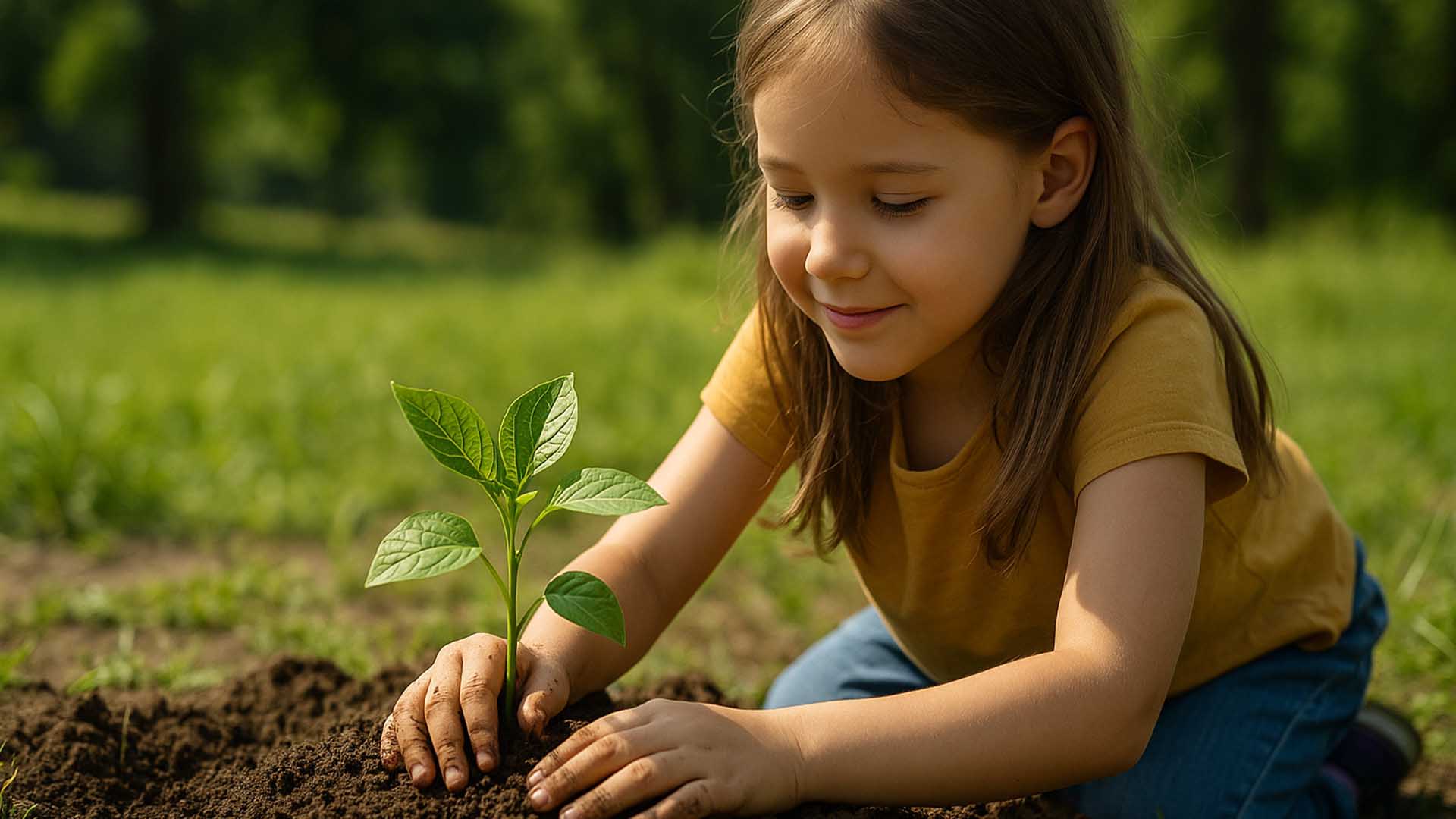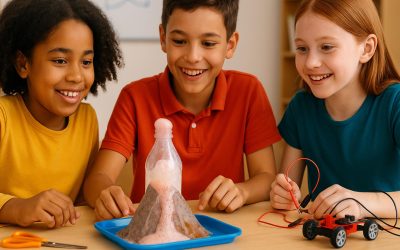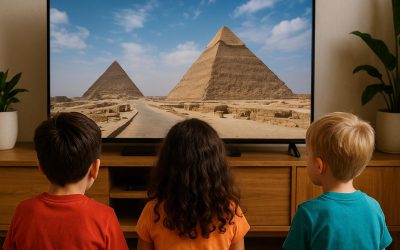In an era of growing environmental concerns, teaching children to be conscious and caring stewards of our planet is more important than ever. Fostering environmental awareness from a young age not only cultivates a lifelong respect for nature but also empowers children to make' target='_blank'>make a positive difference. This article explores the importance of sustainability education and offers practical, fun ways to engage your child in eco-friendly practices.
The Roots of Responsibility: Why Environmental Education Matters
Environmental education is about more than just learning about plants and animals; it’s about understanding the delicate balance of our ecosystems and the role we play in protecting them. For children, this education fosters a sense of connection and responsibility towards the natural world. It teaches them that their actions, no matter how small, can have a significant impact [1].
Engaging with nature has numerous benefits for a child’s development. Studies show that spending time outdoors can improve cognitive function, boost cardiovascular health, and strengthen the immune system. It also provides a rich sensory experience that stimulates curiosity and a love for learning [2]. By instilling these values early on, we are not just raising environmentally conscious individuals; we are nurturing a generation of problem-solvers and innovators who will be equipped to tackle future environmental challenges.
From Seed to Forest: Age-Appropriate Ways to Teach Sustainability
Introducing complex topics like climate change can be daunting, but there are many age-appropriate ways to teach children about sustainability. The key is to make it relatable and engaging.
- For Toddlers and Preschoolers: Focus on simple, hands-on activities. A nature scavenger hunt in the backyard can teach them about different plants and insects. Planting a small garden helps them understand where food comes from. Simple acts like turning off lights when leaving a room or sorting recycling can introduce the concept of conservation [3].
- For School-Aged Children: As children get older, you can introduce more complex ideas. Encourage them to become “energy waste detectives” in your home, identifying ways to save energy. Involve them in creating a compost bin for food scraps. Eco-friendly crafts using upcycled materials can also be a fun way to teach about waste reduction [4].
Cultivating a Greener Future: Practical Tips for Families
Incorporating sustainability into your family’s daily life doesn’t have to be complicated. Here are some simple yet impactful ideas:
- Embrace Nature: Make outdoor activities a regular part of your family routine. Go for hikes, visit local parks, or simply spend time in your backyard. Encourage your child to observe and appreciate the natural world.
- Reduce, Reuse, Recycle: Teach your child the three R’s and make them a part of your household habits. Involve them in sorting recycling, donating old toys and clothes, and choosing products with less packaging.
- Conserve Resources: Talk to your child about the importance of saving water and electricity. Make it a game to see who can remember to turn off the lights or take shorter showers.
- Learn Together: Explore books, documentaries, and websites about nature and the environment. Visit a local nature center or science museum to learn more about conservation efforts in your community.
Q&A: Your Questions About Environmental Education Answered
Q1: How can I talk to my young child about climate change without scaring them?
A1: Focus on positive, empowering messages. Instead of dwelling on the negative, talk about the things you can do as a family to help the planet, like planting trees, saving energy, and recycling.
Q2: What are some easy eco-friendly activities I can do with my kids?
A2: Nature walks, scavenger hunts, planting a garden, making bird feeders from recycled materials, and creating art with natural elements are all great options.
Q3: How can I encourage my child to be more environmentally conscious?
A3: Lead by example. When children see their parents making sustainable choices, they are more likely to adopt those habits themselves. Make it a fun and positive experience.
Q4: Where can I find more resources on environmental education for kids?
A4: Websites like Environment America, CleanChoice Energy, and UNESCO offer a wealth of information and activity ideas for families.
Sources:
[1] agood company. Nurturing Environmental Awareness in Our Children. https://www.agood.com/blogs/stories/nurturing-environmental-awareness-in-our-children
[2] Nature of Early Play. (2024, August 5). The Importance of Early Childhood Environmental Education. https://natureofearlyplay.com/the-importance-of-early-childhood-environmental-education/
[3] CleanChoice Energy. 12 Ways to Teach Kids About the Environment. https://cleanchoiceenergy.com/news/teach-kids-about-environment
[4] Environment America. (2021, March 30). 51 Environmental Activities Kids Can Do for Earth Day. https://environmentamerica.org/articles/51-environmental-activities-kids-can-do-for-earth-day/








0 Comments